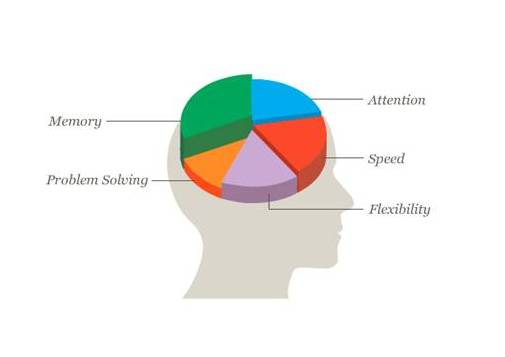Occupational Therapy and the ADHD Brain

Recall in your mind the last time you saw lightning. Bright flash, followed by thunder, impressive and gone, until the next time. Think about your brain working like this. This is essentially how the ADD/ADHD brain works.
Now, picture this brain inside a young child for whom coping skills is an ongoing learning experience, perhaps a first grader in a typical classroom. During bright flashes there is this explosion of creativity, interaction, attention and utilization of information. However between these “flashes” there is silence, darkness, space, voids of productivity.
The teacher -- professional, observant, caring -- is attending to 20-27 other young minds simultaneously. Confused, she looks at the Lightning Child as one whom (among other things):
- can do it when s/he wants to
- only wants to do what s/he is interested in
- is defiant and disrespectful
- is lazy and uncaring about performance outcomes
Teaching that child to utilize the “lightning” as well as the “darkness” is probably THE most important thing that child will ever learn. The acquisition of all other information -- academic, social, emotional and inner-awareness -- stems from this ability.
Enlightening the teacher how to help foster those cycles more productively is a critical step in the process, as well. To do that, it is essential to understand how the ADD brain works when obtaining new information. (© Susan N. Schriber Orloff, OTR/L ARS Seminars 2010)
The ADD brain often needs to be exposed to the same information several times for it to be integrated and stored for future use. So the ADD child is not “over-asking” or asking because they “weren't paying attention the first time.” They are really trying to “get it.” In many cases, it takes them longer to do so.
Paradoxically, all brains are primarily built for speed and memory, not for slow deliberations.
Diagram from Luminosity®
This paradox seems to work against the ADD/ADHD child in typical learning environments. The “need for speed” is ingrained, hardwired, into the make up of each of us.
So, the issue remains, how do we teach these children who are neurologically responding to natural instincts, while lacking the ability to pace themselves within specific tasks?
In many cases these children are fragile learners. They often have associated social issues and poor problem-solving skills. Frequently, they have learned how to “fail” and fear success. To the teacher they may look like they are:
- Not invested
- Arrogant
- Uncaring
- Not working to potential
- Over dependent upon teacher
- Etc.
When in truth they are feeling:
- Inadequate
- Awkward
- Unpopular
- Defensive
- Confused
- Angry
- Etc.—and generally unsafe in their learning environment
Teaching these children that they can do things successfully is the first hurdle. As their self-confidence increases, their fear of failure decreases and learning becomes easier.
Because these children are often unknowingly engaged in an internal race with themselves, they do not develop a system that allows their bodies to “talk to them” so that they can better interpret their worlds. This lack of ability to process “life” often shows up as a sensory integrative processing disorder.
These are the children for whom standing in line to go out to recess can be a challenge, innocently brushing up against a classmate can feel like a “whack,” and unexpected sounds (fire drills, etc.) can elicit extreme reactions. Squirmy, blurting out, impatient, unable to delay gratification and/or wait their turn, these children get into “trouble” more frequently than their non-ADD peers.
Working collaboratively with the teacher, the occupational therapist helps the child acquire sensory-motor processing abilities that can be used as needed at home and at school.
With structured activities and compensatory techniques, the occupational therapist is able to provide treatment to the child, and to enhance the teacher's ability to reach these out of the box “typical” children.
The Occupational Therapist helps the ADD/ADHD child harness the lightning so that the light burns longer and brighter.

